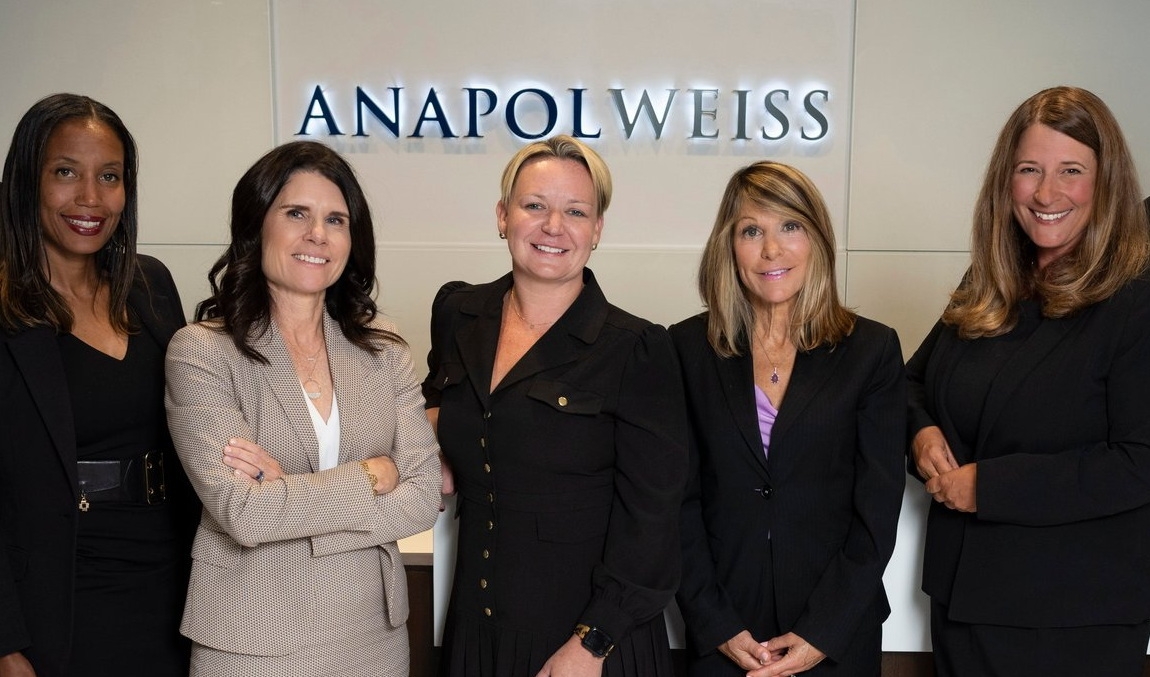Driver distraction is one of the most common causes of car accidents in Pennsylvania and around the country. Statistics from the National Highway Traffic Safety Administration state that 3,166 people died in 2017 alone from distracted drivers.
Common examples of driver distractions include texting, eating, drinking, applying makeup, passengers inside the vehicle, the radio and daydreaming. If you believe the driver that caused your car accident was distracted at the time of the crash, you or a Philadelphia car accident attorney will have to fulfill the burden of proof.
Analyze the Scene of the Accident
Photographs of the scene of the car accident, as well as video surveillance footage, could help prove the other driver was distracted. If something had not been distracting the driver, for instance, he or she likely would have hit the brakes and left tire marks on the ground.
Photographs that show a lack of tire or brake marks could serve as proof that the other driver did not hit the brakes and thus was most likely distracted enough not to notice the obstacle. Crash reconstruction and an examination of the damages on each vehicle could also help establish that the other driver never swerved or hit the brakes before impact.
Access the Driver’s Cellphone Records
Cellphones are a common source of driver distraction. In 2017, 42% of high school teens surveyed admitted to texting or emailing while driving in the past 30 days. Texting and driving is especially dangerous because it distracts a driver manually (typing a message), visually (reading a message) and cognitively (thinking about a message). These are all three possible types of driver distractions.
It may be possible to prove a driver was using a handheld mobile device in the minutes leading up to a car accident by accessing his or her cellphone records. A lawyer can subpoena the driver’s cellphone company to obtain usage reports. Then, you or your lawyer can use the cellphone records to establish that the driver had sent a text, opened an email or been watching a video at the time of your accident.
Ask Eyewitnesses for Statements
Some distracted driving accidents have eyewitnesses at the scene who saw the distracted driver engaging in dangerous activities before the collision. Requesting official statements from these eyewitnesses could help prove your case. If another driver nearby noticed the driver that hit you eating fast food behind the wheel a few minutes before the crash, for example, this could serve as important proof of driver distraction.
Use Police Reports
Always call the police after an accident involving any personal injuries, fatalities or expensive property damages. A police officer will have training in examining the scene of an accident and deducing fault. While an officer’s opinion alone may not be hard evidence of driver distraction, it could help convince a judge or jury of the other driver’s fault. An official accident report may have details such as the speed of the collision, whether the other driver hit the brakes and if the driver seemed distracted during interviews, for example.
Hire a Crash Expert to Testify
Crash experts have years of experience analyzing car accidents and determining fault based on available evidence. Hiring an expert to testify during your crash case could help demonstrate the defendant’s distraction to the courts. A Philadelphia car accident expert could testify as to whether something was distracting the other driver at the time of the accident based on a professional interpretation of the facts available.
Request an Attorney’s Assistance
Proving another driver’s distraction and causation for your car accident can be difficult. The defendant may counter your claims with evidence or experts of his or her own.
The best way to build a strong case against a distracted driver is to hire a Philadelphia personal injury lawyer. An attorney will have the experience and resources to help you meet the burden of proof during a claim. Your lawyer can gather evidence, speak to eyewitnesses, hire experts and take other steps to prove a case on your behalf.
Anapol Weiss has been at the forefront of the battle against distracted driving for more than a decade. Firm partner Joel Feldman became a leading safe driving advocate after his daughter, Casey, was killed by a distracted driver in 2009. Joel founded End Distracted Driving (EndDD.org), a project of the Casey Feldman Foundation. Since then, he and hundreds of volunteers (including many lawyers at Anapol Weiss) have spoken with half a million children and adults about the dangers of distractions. It is our hope that these efforts stigmatize distracted driving as the dangerous and disrespectful choice that it is.

